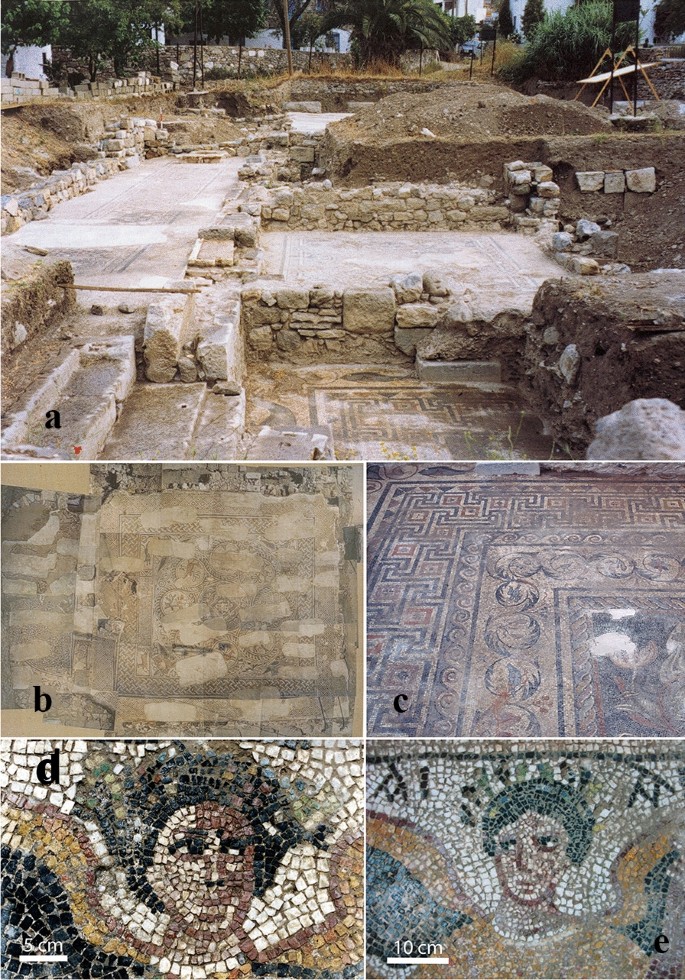
Excavation and mosaic floors of villa. Credit: University of Southern Denmark
Although this 1,700-year-old luxury villa was excavated and explored in both 1856 and the 1990s, it still has secrets to reveal.
New secrets have now been revealed by an international research team, with professor and expert in archaeometry, Kaare Lund Rasmussen from the University of Southern Denmark, who leads the so-called archaeometric analysis: by using chemical analysis to determine what elements an object is made of. , how it processes, etc.
Others on the team include Thomas Delbey of Cranfield University in England and classical archaeologists Birte Poulsen and Poul Pedersen of Aarhus University and University of Southern Denmark. The team’s work has been published in the magazine heritage scienceincluding archaeometric analysis of 19, approximately 1,600-year-old mosaic tesserae.
One of the Seven Wonders of the World
The tesserae come from an excavation of a villa from late antiquity, located in Halikarnassos (today Bodrum in Anatolia, Turkey). Halikarnassos was famous for the gigantic and lavish tomb of King Mausolus, which was considered one of the Seven Wonders of the World.
The villa was laid out around two courtyards and the many rooms were decorated with mosaic floors. In addition to geometric patterns, there were also motifs of various mythological figures and scenes from Greek mythology; eg Princess Europa is kidnapped by the god Zeus in the form of a bull and Aphrodite at sea in her seashell.

Selection of the mosaic tesserae, researched by
Professor Kaare Lund Rasmussen/ University of Southern Denmark. Credit:
Kaare Lund Rasmussen/University of Southern Denmark
Motifs from the stories of the much younger Roman author Virgil are also represented.
Inscriptions in the floor indicate that the owner’s name was Charidemos and that the villa was built in the middle of the fifth century.
An expensive luxury
Mosaic floors were a precious luxury: expensive raw materials such as white, green, black and other marble colors had to be brought in from distant quarries. Other stone materials, ceramics and glass also had to be imported.
“I received 19 mosaic tiles for analysis in my laboratory in Denmark. Of these, seven were made of glass in different colours; purple, yellow, red and deep red. My conclusion is that six of them are probably made from recycled glass,” says Kaare Lund Rasmussen .
Mosaics from the House of Charidemos. a View of the excavation from the south; b the floor of Room F; c the floor of Room O; season, d personification of autumn in Room F; season, e personification of summer in Room F (Photos by J. Isager, excavation photos) [................................]




Δεν υπάρχουν σχόλια:
Δημοσίευση σχολίου